Water pumps are essential in a wide range of applications, from supplying water to residential homes to irrigation systems in agriculture and managing water levels in industrial processes.
Water pump electricity usage varies depending on their size, type, and application. Generally, the energy consumption of a water pump is influenced by its capacity to move water, often measured in gallons per minute, and the height or pressure it needs to move the water against, known as head. Larger pumps, which are designed to move more water or to move it higher or against more pressure, typically consume more electricity.
In everyday usage, such as in homes, smaller pumps are used and thus have a lower energy footprint. However, in industrial or agricultural settings, where the demand for water movement is much higher, the electricity usage of water pumps can be a significant part of the overall energy consumption. This makes the efficiency of these pumps an important factor in managing energy use and costs.
How Much Electricity Does a Water Pump Use?
The amount of water pump electricity usage depends on several factors, including its size, efficiency, and the amount of water it needs to move. Water pumps are rated by their power consumption in watts or horsepower (HP), with larger, more powerful pumps consuming more electricity.
- Small Domestic Pumps: These are typically used in homes for applications like garden watering, small ponds, or domestic water supply. They usually range from about 250 watts to 1500 watts. For example, a small 0.5 HP pump uses around 375 watts.
- Larger Residential Pumps: For larger homes, irrigation systems, or swimming pools, pumps might range from 1500 watts to 2500 watts or more.
- Industrial Pumps: These are much larger and can consume a significant amount of electricity. Pumps in industrial settings can range from a few kilowatts to hundreds of kilowatts.
To calculate the water pump energy consumption, you can use the formula:
Electricity Usage (kWh) = Power Rating (kW) × Hours of Operation Electricity Usage (kWh) = Power Rating (kW) × Hours of Operation
For example, if you have a 1 kW pump running for 3 hours a day, it would use:
1 kW × 3 hours = 3 kWh 1 kW × 3 hours = 3 kWh
Factors Affecting Water Pump Electricity Consumption
Several factors affect the electricity consumption of a water pump. Understanding these can help in selecting the right pump for a specific need and in operating it efficiently. The key factors include:
- Pump Size and Capacity: The size of the pump, often indicated by its power rating in horsepower or watts, is a primary factor. Larger pumps with higher capacities consume more electricity because they can move more water.
- Efficiency: The efficiency of a water pump refers to how effectively it converts electrical energy into hydraulic energy to move water. More efficient pumps use less electricity to pump the same amount of water.
- Operational Time: The duration for which the pump operates significantly impacts its total electricity consumption. Longer operation times lead to higher energy use.
- Total Dynamic Head (TDH): This refers to the total height that a pump needs to lift water, combined with any additional pressure it needs to overcome. Higher TDH requires more power and, thus, more electricity.
- Flow Rate: This is the volume of water moved per unit of time, often measured in gallons per minute (GPM). Pumps with a higher flow rate generally consume more electricity.
- Pipe Diameter and Length: Larger and longer pipes can increase resistance to water flow, requiring the pump to work harder and use more electricity.
- Mechanical Condition: A pump that is well-maintained and in good mechanical condition operates more efficiently than one that is worn or poorly maintained.
- Type of Pump: The design and type of pump (such as centrifugal, submersible, or positive displacement) affect efficiency and power consumption.
- Fluid Characteristics: The type of fluid being pumped (such as water, wastewater, or a slurry) and its properties (like viscosity and density) can impact the energy required to pump it.
- Control Systems: Pumps equipped with smart control systems can optimize their operation for efficiency, adjusting the speed and power use according to demand, which can save electricity.
Electricity usage of different types of water pumps
The electricity usage of different types of water pumps can vary widely based on their design, size, and intended application. Here’s an overview of common types of water pumps and their typical electricity consumption:
Centrifugal Pumps
These are the most common types of pumps used in various applications, from domestic to industrial. Small, domestic centrifugal pumps may use between 250 and 1,500 watts, while larger industrial models can range from a few kilowatts to tens of kilowatts.
Submersible Pumps
Often used for pumping water from wells or sumps, these pumps are placed underwater. Residential submersible pumps for wells might range from 500 watts to 1500 watts. Larger submersible pumps used in industrial or municipal applications can consume a few kilowatts up to 30 kilowatts or more.
Jet Pumps
Commonly used in home well systems, jet pumps are generally less efficient than submersible pumps. They usually range from 750 watts to 1500 watts for typical residential use.
Booster Pumps
These pumps are used to increase water pressure. Smaller residential booster pumps can use around 250 to 1,000 watts, while larger commercial or industrial booster pumps can range from 1 kilowatt to several kilowatts.
Sump Pumps
Common in basements or crawl spaces to remove accumulated water, residential sump pumps typically use between 300 watts to 1,000 watts. Industrial sump pumps can have much higher power requirements.
Irrigation Pumps
Used in agriculture, these can vary significantly in size. Smaller pumps might use a few hundred watts, while large-scale irrigation pumps can require tens of kilowatts.
Optimizing Water Pump Energy Efficiency
Optimizing water pump energy efficiency is crucial for reducing electricity consumption and operational costs, particularly in applications where pumps are used extensively. Here are some strategies for enhancing the energy efficiency of water pumps:
- Proper Sizing: Select a pump that is appropriately sized for its intended application. An oversized pump not only uses more energy but also operates less efficiently. Similarly, an undersized pump may have to work harder, leading to increased wear and higher energy use.
- Variable Speed Drives (VSDs): Installing a Variable Speed Drive can significantly improve efficiency. VSDs adjust the pump’s operating speed to match the system demand, reducing energy usage when full capacity is not required.
- Regular Maintenance: Regular maintenance is key to keeping a pump operating efficiently. This includes cleaning, lubricating, and checking for wear and tear. Regularly replacing worn components can prevent inefficiencies and energy waste.
- Efficient Motor Selection: Use high-efficiency motors. Energy-efficient motors, although sometimes more expensive initially, can significantly reduce energy consumption and costs over their lifespan.
- Optimize System Design: Ensure that the entire pumping system, including pipes, valves, and filters, is designed for maximum efficiency. Reducing friction losses by choosing the right pipe size and minimizing bends and fittings can lower energy requirements.
- Check Pump Impellers: Keeping the impellers in good condition and correctly adjusted is crucial for efficient operation. Worn or improperly adjusted impellers can decrease pump efficiency.
- Control Systems: Implement advanced control systems that can optimize pump operation based on real-time data. This might include automated controls to start/stop the pump as needed or adjust flow rates.
- Use of Energy Recovery Devices: In certain systems, especially in industrial applications, energy recovery devices can be installed to recapture some of the energy used in the pumping process.
- Minimize Leakage and Repair Damage: Regularly inspect for and repair leaks in the system. Leaks can cause pumps to work harder than necessary, wasting energy.
Conclusions
In conclusion, understanding the intricacies of water pump electricity usage is vital for efficient operation and cost management. This article has highlighted that the capacity of a water pump, along with various other factors, plays a significant role in determining its electricity consumption. Key elements such as the size and type of the pump, operational duration, total dynamic head, and the nature of the fluid being pumped, all contribute to the energy usage profile of a pump.
Additionally, we’ve seen that factors like pump efficiency, mechanical condition, and the design of the pumping system can greatly impact electricity usage. Optimization strategies such as proper sizing, regular maintenance, use of high-efficiency motors, and the implementation of control systems can lead to substantial energy savings.
It’s clear that a comprehensive understanding and careful consideration of these factors are essential for anyone looking to utilize water pump power consumption in the most energy-efficient manner.

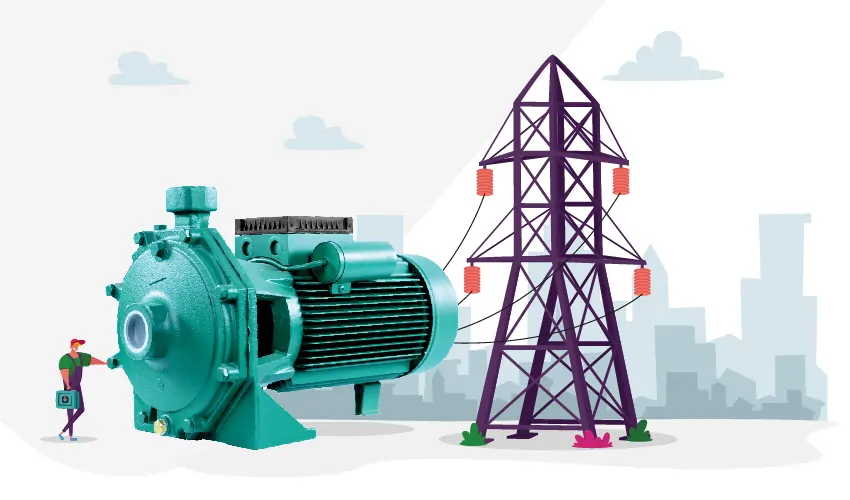
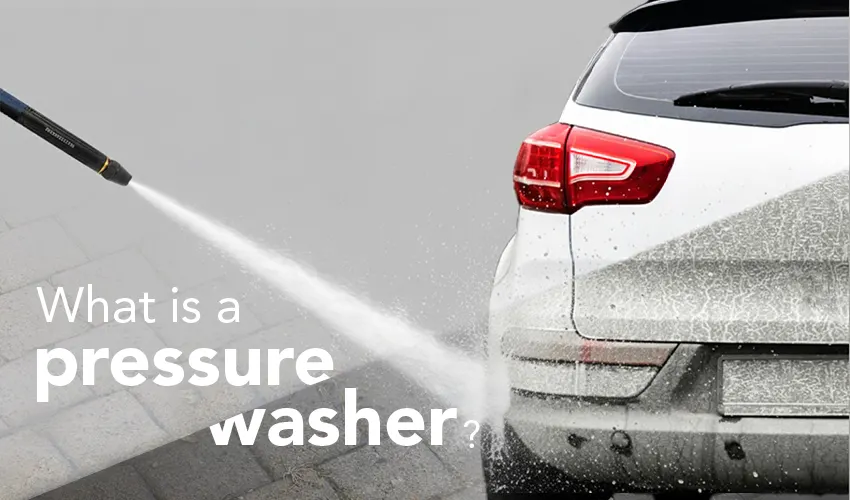

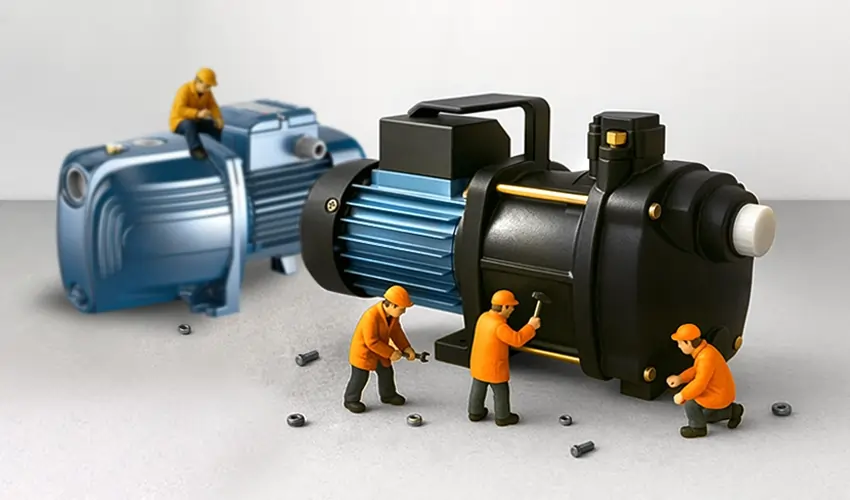

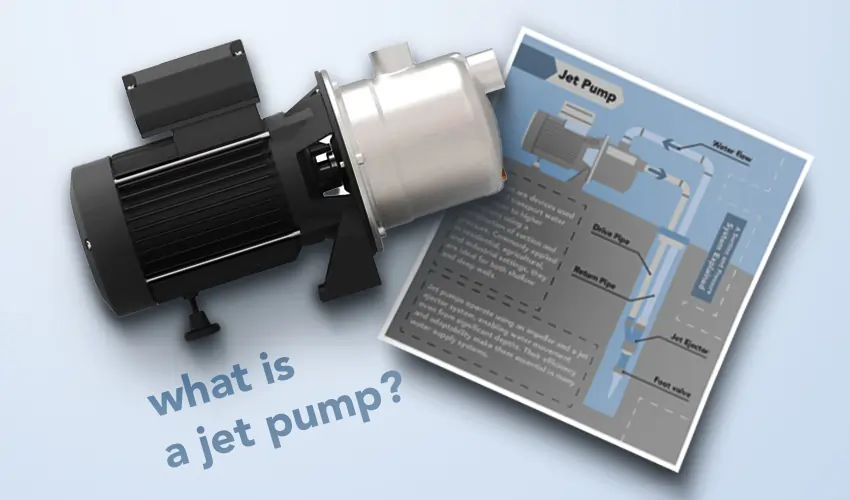
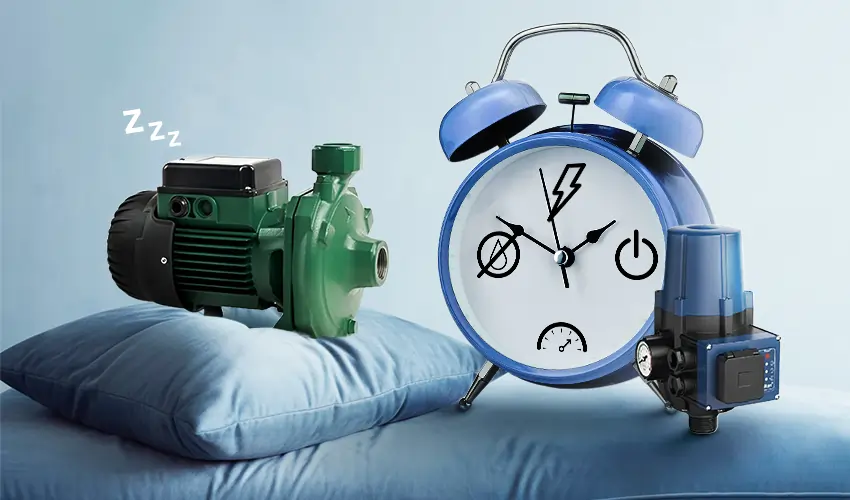



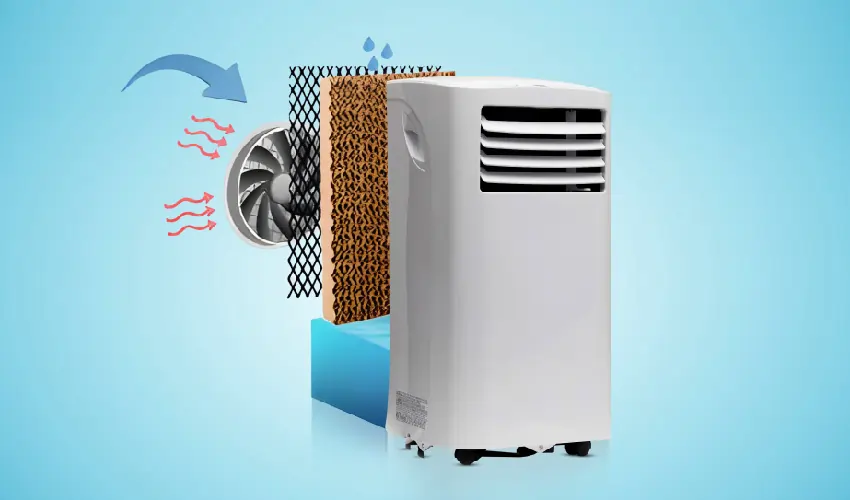
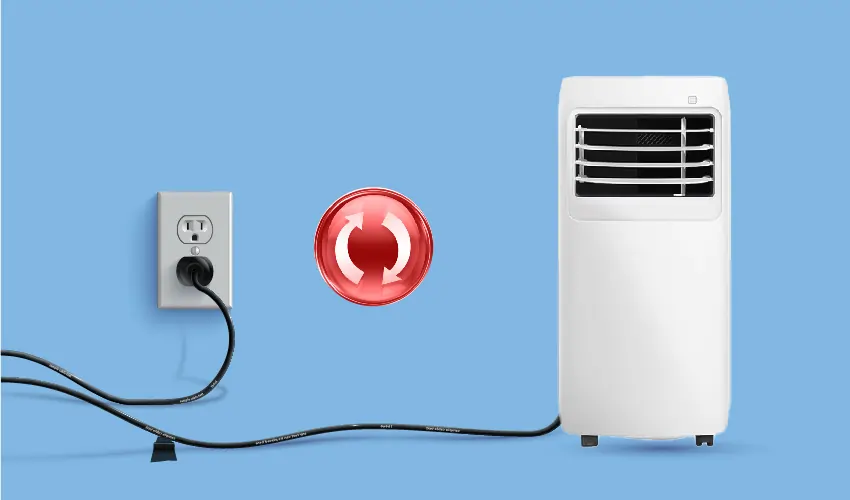
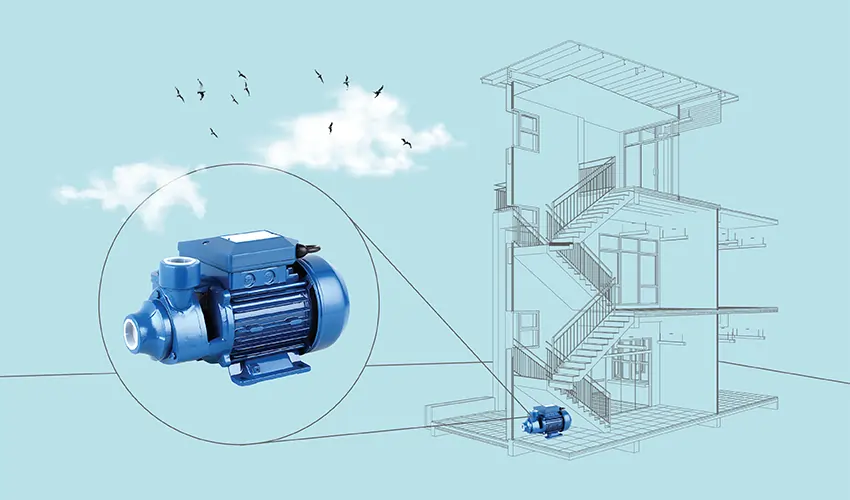
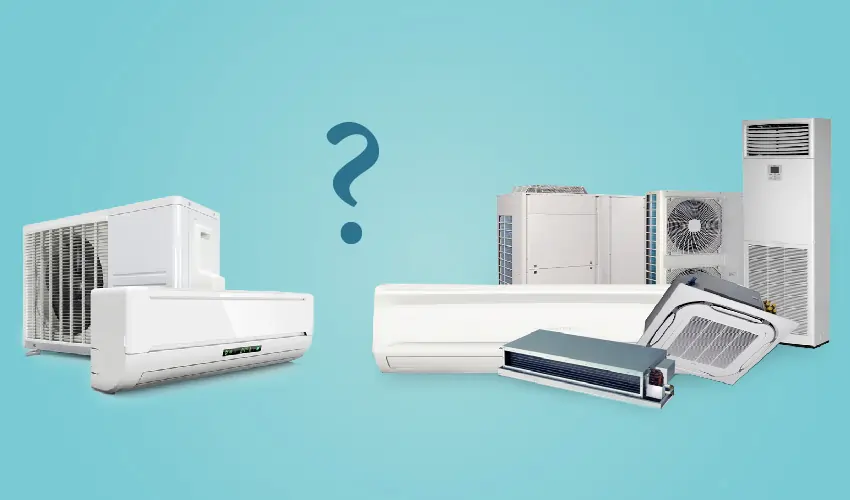

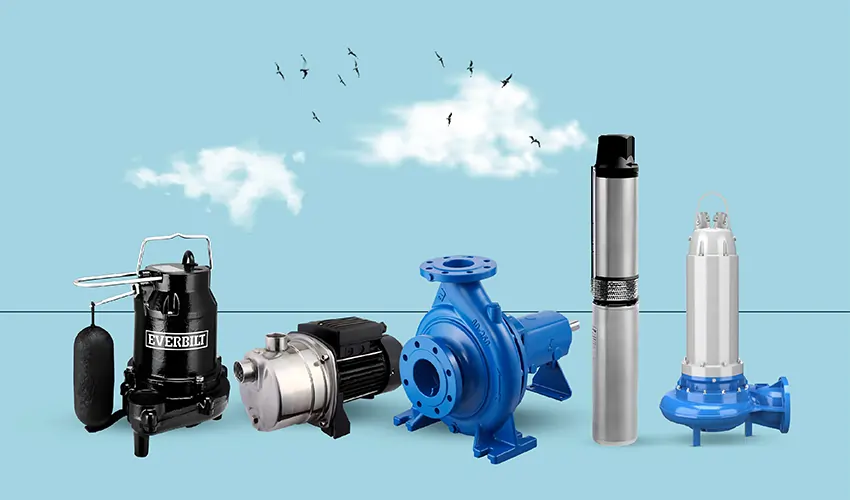
There’s certainly a lot to learn about this subject I like all of the points you have made.